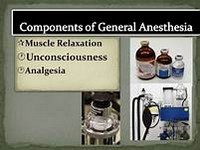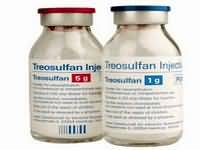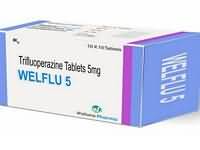doxapram hydrochloride

doxapram hydrochloride
CLINICAL USE
Postoperative respiratory depression Acute respiratory failureDOSE IN NORMAL RENAL FUNCTION
Postoperative respiratory depression: IV injection 1–1.5 mg/kg repeated at hourly intervals, orIV infusion
2–3 mg/minute, adjusted according to response. Acute respiratory failure: 1.5–4 mg/minute as anIV infusion
, adjusted according to responsePHARMACOKINETICS
DOSE IN RENAL IMPAIRMENT
GFR (mL/MIN)
DOSE IN PATIENTS UNDERGOING RENAL REPLACEMENT THERAPIES
IMPORTANT DRUG INTERACTIONS
Potentially hazardous interactions with other drugsADMINISTRATION
Reconstition
–Route
IV bolus,IV infusion
Rate of Administration
IV injection: over at least 30 secondsIV infusion
as indicationComments
Doxapram has a narrow margin of safety; the minimum effective dosage should be used and maximum recommended dosages should not be exceededOTHER INFORMATION
Unlike naloxone, doxapram does not reverse the other effects of opioid analgesics
See how to identify renal failure stages according to GFR calculation
See how to diagnose irreversible renal disease
Home








